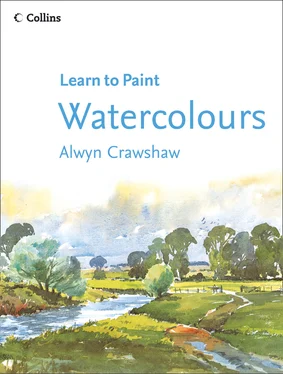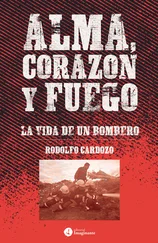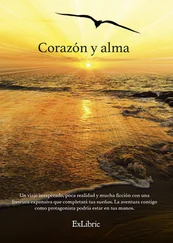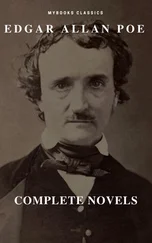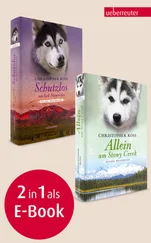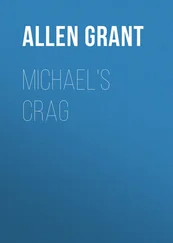Painting is one of man’s earliest and most basic forms of expression. Stone Age man drew on his cave walls. Usually, these drawings were of wild animals and hunting scenes. It is difficult to say whether these were created by the artist to be instructional – a means of showing children what a certain animal looked like, for instance – or as a form of cave decoration, or whether they were just a relaxing pastime to release creative feelings.
Whatever the reason, these early artists must have been a creative and dedicated people; there was no local art shop to provide them with their materials and no electric light to help on dark days. All this started over twenty-five thousand years ago and painting is still with us today.
Naturally, over this long period, painting has become very sophisticated. Artist’s materials have also undergone vast changes and the tremendous range now available, plus the variety of methods that are with us today, can make painting very frightening for the beginner: people can be put off by not knowing where or how to start.
HAVE YOU TRIED?
One of the most frequent statements made to me is: ‘I wish I could paint’. My reply is always, ‘Have you tried?’ and invariably the answer comes back: ‘No, I haven’t. I wouldn’t know how to start’. How can anyone say they can’t paint when they have never tried! Have you ever asked anyone if they can drive a car? If the answer is no, it will usually be followed by: ‘I haven’t tried yet but I am going to have lessons’. There seems to be a veil of mystery around painting but not around driving a car! So let me clear up some of the mysteries surrounding painting, from a beginner’s point of view.
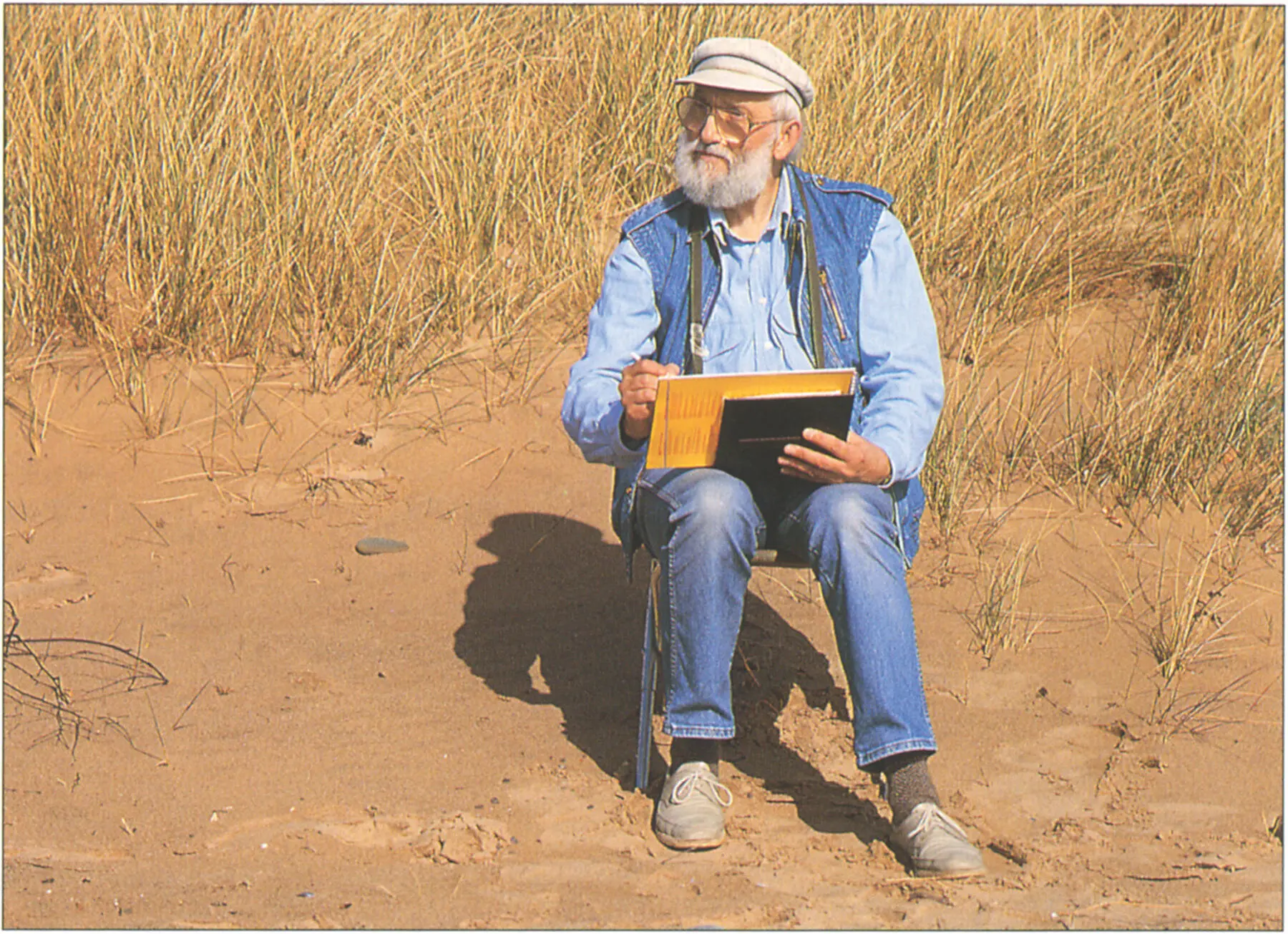
If you like painting outside, Alwyn will help you experiment with watercolour styles and techniques.
First of all, you may feel daunted by the sheer volume of work that has been created over the past thousands of years, the hundreds of styles and techniques used, from painting on ceilings to painting miniatures. There is Prehistoric painting, Greek painting, Egyptian painting, Byzantine painting, Chinese painting, Gothic art, Florentine painting, Impressionism, Surrealism, Abstract art, Cubism, and so on.
Of course, all these styles can make the mind boggle and to unravel all of them and understand the differences could take a lifetime. So what are we to do and where do we start?
The simplest answer is to forget all you have picked up in the past and start from the smallest beginnings like Stone Age man.
FEELING CREATIVE
Today, most people who want to paint have one thing in common – a creative instinct. Unfortunately, many people don’t realise this until later on in life, when something stirs within them or circumstances set them on the road to painting.
For some people painting becomes a fascinating hobby. For others, it becomes their only way of expressing their innermost thoughts and leads to a means of communicating with other people. For anyone who happens to be house-bound, painting can have a real therapeutic function.
Through painting, people meet and make friends either by joining art societies (most towns have one) or by progressing and selling their works at local art shows, in local shops and so on.
I think, above all, painting can be a creative way of getting involved, forgetting your immediate troubles, great or small, and finishing up with a work of art that you can share with others and enjoy for the rest of your life.
FIRST STEPS
By now, as a reader of this book, you have taken your first big step. If you are a beginner, this means that you are curious about painting and want to find out all about it. You have also selected a medium with which to start: watercolour. If you already paint and are reading this book in order to learn about the medium of watercolour, then probably you are looking for exciting new ways to express your creative skills.
So, as I said earlier, let’s start right at the beginning. But don’t rush out to find the nearest cave! I will take you through this book stage by stage, working very simply to start with and progressing to a more mature form of painting.
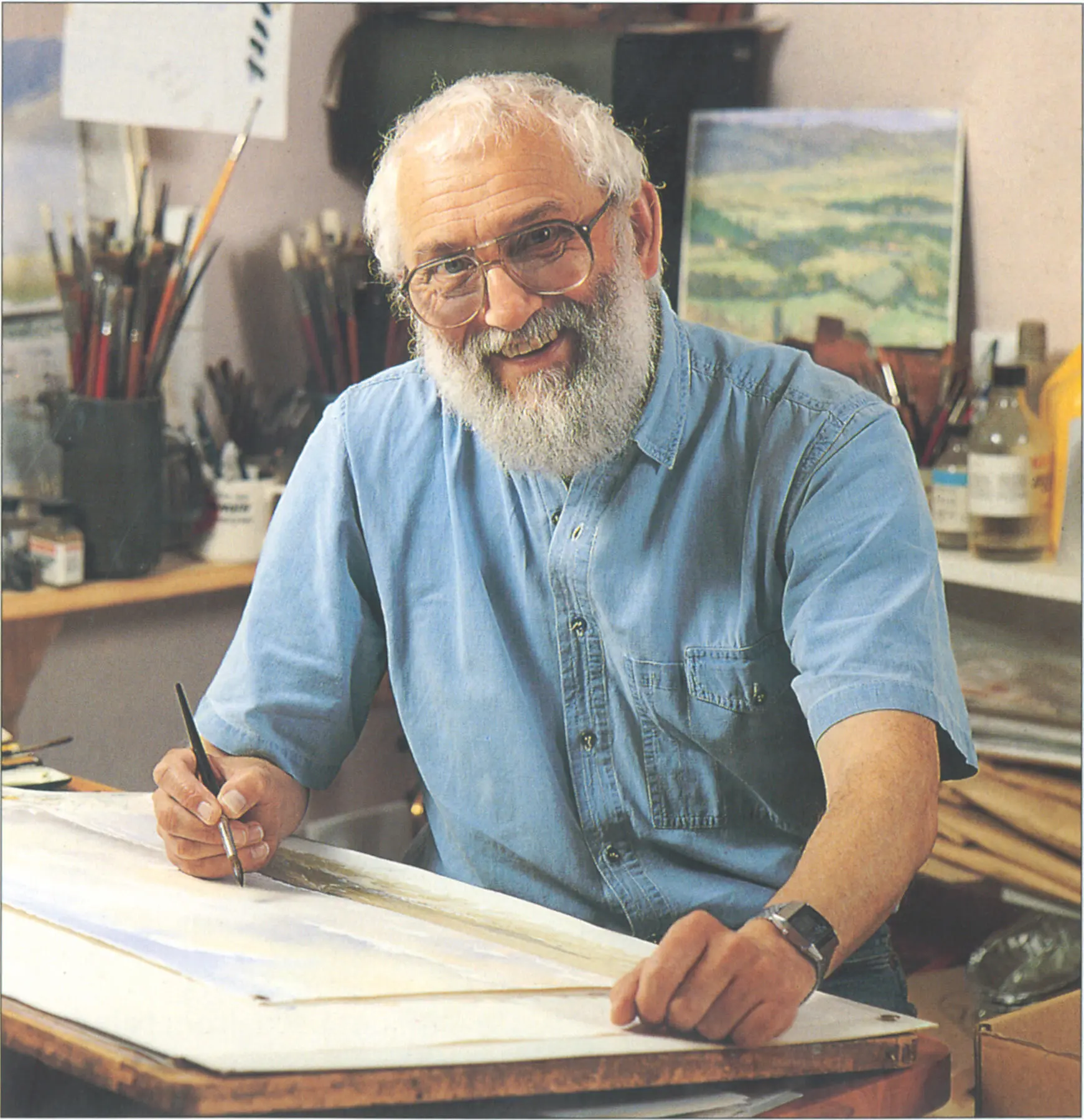
Watercolour is also an ideal medium if you prefer painting at home or in a studio.
If you have some watercolours, the most difficult thing to do at the moment will be to read on – your desire to try out the paint will have been stimulated by looking through the book and seeing the colour pages and different methods of working. If this is the case, I thoroughly recommend one thing first – relax and read on before you start. Then, when you do begin the lessons and exercises, enjoy them. If you find some parts difficult, don’t become obsessed with the problem. Go a stage further and then come back. Seeing problems with a fresh eye often makes them easier to solve.
I am constantly asked why I paint in more than one medium. The reasons are varied. An artist sometimes uses a medium because he has been commissioned to do so or because he likes one medium more than another, but more important is the fact that each medium has its own mystique and, of course, a particular quality. There is also the restraint of size. For instance, a sheet of watercolour paper isn’t made large enough for a 76 × 152 cm (30 × 60 in) painting and neither is pastel paper, so the medium can determine the size of the painting. Finally, the subject matter has to be considered. When I am out looking for possible subjects, I see one as a subject for an acrylic painting, another as a perfect watercolour, and so on.
Whatever your reason for choosing watercolour, even if it’s the obvious one – you like it! – you have made the choice and we will work together over the next fifty-six pages, from simple beginnings to more serious exercises later.
First, a word of caution. Because your earliest recollection of painting – probably when you were at infant school – is associated with the use of water-based paint (poster paint, powder colour or watercolour) you may have the impression that it is easy. Well, of course, to enjoy painting and get favourable results is relatively easy. However, to get the desired results through deliberate control of watercolour needs plenty of practice and patience, but the more you learn, the more you will enjoy using watercolour.
WHAT IS WATERCOLOUR?
Watercolour is so called because the adhesive that sticks the pigment powder to the paper is soluble in water. The paint is a finely ground mixture of pigment, gum arabic (the water-soluble gum of the acacia tree), glycerine (to keep the colours moist) and glucose (to make the colours flow freely).
When water is loaded on to a brush and added to the paint on the palette, the paint becomes a coloured, transparent liquid. When this is applied to the white surface of the paper, the paper shows through and the paint assumes a transparent luminosity unequalled by any other medium. You buy the colours either in a half pan, a whole pan or a tube (see below). I will explain more about this in the equipment section.
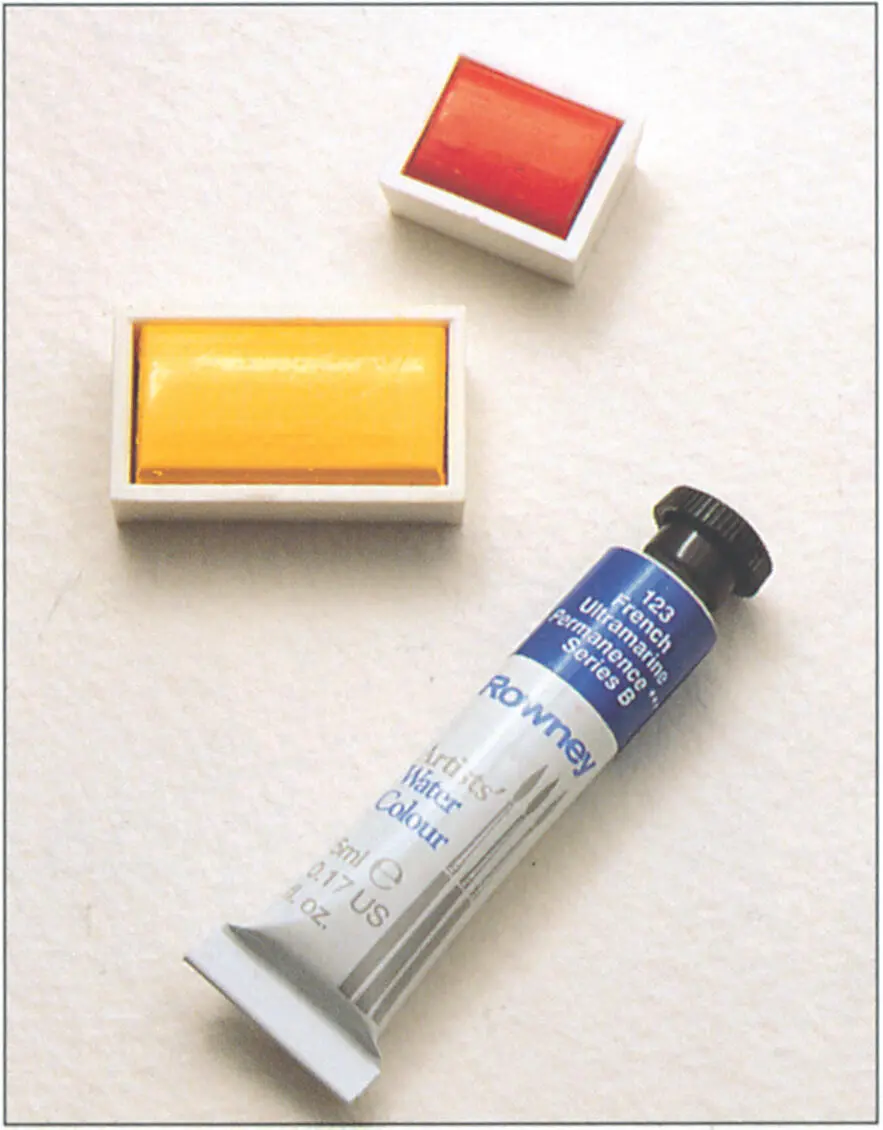
Half pan, whole pan and tube of watercolour paint.
One great advantage of watercolour is that it requires no complicated equipment. For painting outdoors, for instance, your basic essentials are a pencil, a box of paints, a brush, paper and water. You will find that the paint dries within minutes of its application to the paper as the water evaporates, leaving the dry colour on the surface. This process can be seen when working. While the paint is shiny on the paper, it is still wet and you can move it about or add more colour with the brush, but as soon as the shine goes off the paper (the paint is now in an advanced drying stage) you must leave it alone and let it dry. If you try to work more paint into it, you will get nasty streaks and blotches.
Читать дальше
